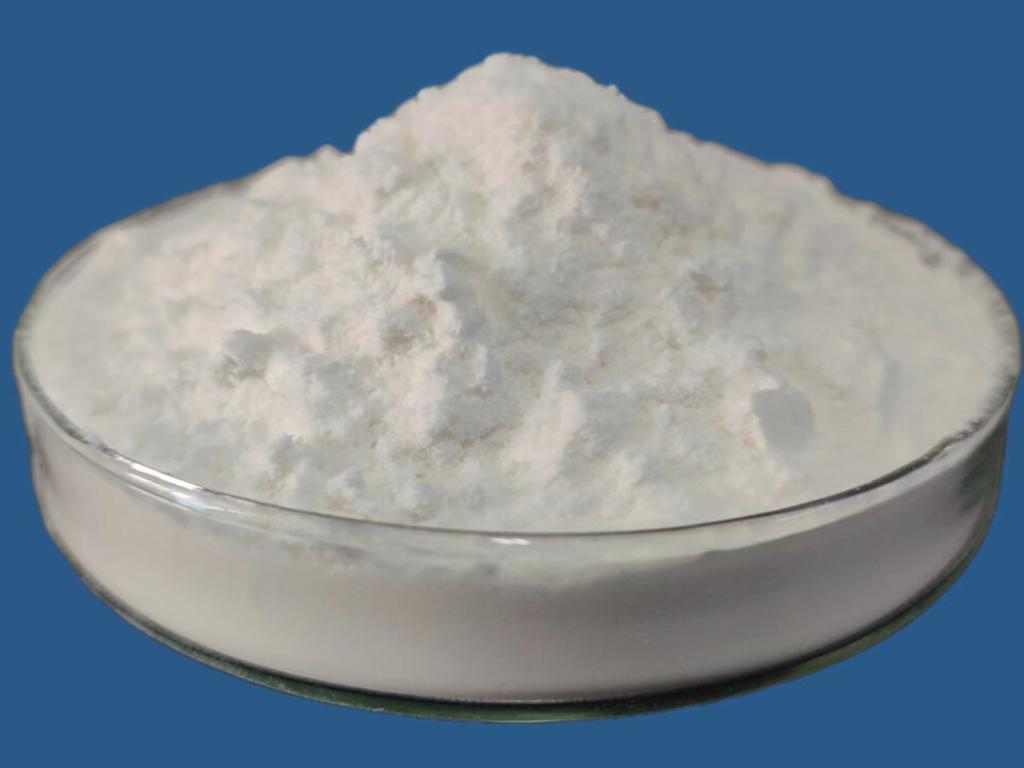Tel:0086 18231198596

News
ε-Polylysine Hydrochloride and Cancer Research: Examining its Potential Anti-Tumor Properties
TIME:2023-12-27
1. Understanding ε-Polylysine Hydrochloride:
ε-Polylysine Hydrochloride is a natural antimicrobial peptide produced by bacterial fermentation, particularly from Streptomyces albulus. While traditionally recognized for its antimicrobial properties, recent research has unveiled additional dimensions to its potential applications, including its interaction with cancer cells. Before delving into its potential anti-tumor properties, it is essential to understand the key characteristics that make ε-Polylysine Hydrochloride a unique candidate for cancer research:
a. Polymeric Structure: ε-Polylysine Hydrochloride is a polymer of lysine residues, forming a chain-like structure. This polymeric nature contributes to its diverse functional properties.
b. Antimicrobial Activity: Its primary antimicrobial activity is attributed to disrupting microbial cell membranes, creating pores and leading to cell death.
c. Biocompatibility: Extensive studies have confirmed the biocompatibility of ε-Polylysine Hydrochloride, establishing its safety for certain applications in the medical field.
2. Mechanisms of Action in Cancer Cells:
While initially designed for antimicrobial purposes, ε-Polylysine Hydrochloride has shown intriguing interactions with cancer cells, suggesting potential anti-tumor properties:
a. Induction of Apoptosis: Some studies indicate that ε-Polylysine Hydrochloride may induce programmed cell death (apoptosis) in cancer cells, a crucial mechanism for controlling tumor growth.
b. Cell Cycle Arrest: ε-Polylysine Hydrochloride has been implicated in causing cell cycle arrest in cancer cells, preventing their uncontrolled proliferation.
c. Modulation of Signaling Pathways: Preliminary evidence suggests that ε-Polylysine Hydrochloride may modulate signaling pathways involved in cancer progression, providing a potential avenue for targeted therapy.
3. Preclinical Studies and Experimental Findings:
Several preclinical studies have explored the potential anti-tumor properties of ε-Polylysine Hydrochloride. While these findings are in the early stages of research, they provide valuable insights into its effects on various types of cancer:
a. Breast Cancer: Some studies suggest that ε-Polylysine Hydrochloride exhibits anti-tumor effects in breast cancer cells, with indications of apoptosis induction and inhibition of cancer cell growth.
b. Colorectal Cancer: Experimental findings propose that ε-Polylysine Hydrochloride may impact colorectal cancer cells by triggering apoptosis and interfering with key signaling pathways.
c. Lung Cancer: Preliminary studies on lung cancer cells hint at the potential of ε-Polylysine Hydrochloride in inducing cell cycle arrest and inhibiting the proliferation of cancer cells.
4. Considerations and Challenges:
While the potential anti-tumor properties of ε-Polylysine Hydrochloride are promising, there are considerations and challenges that need to be addressed in further research:
a. Specificity and Selectivity: Understanding the specificity and selectivity of ε-Polylysine Hydrochloride towards cancer cells versus normal cells is crucial for minimizing potential side effects.
b. Optimal Dosage: Determining the optimal dosage for anti-tumor effects while avoiding cytotoxicity is a critical consideration in the development of ε-Polylysine Hydrochloride as a cancer therapeutic.
c. In Vivo Studies: Moving from in vitro experiments to in vivo studies is essential for evaluating the effectiveness and safety of ε-Polylysine Hydrochloride in complex biological systems.
5. Future Directions and Research Avenues:
The exploration of ε-Polylysine Hydrochloride in cancer research opens avenues for future investigations:
a. Combination Therapies: Exploring the potential synergies between ε-Polylysine Hydrochloride and existing cancer therapies to enhance treatment outcomes.
b. Targeted Delivery Systems: Investigating innovative delivery systems to enhance the targeted delivery of ε-Polylysine Hydrochloride to cancer cells while minimizing off-target effects.
c. Clinical Trials: Transitioning from preclinical studies to clinical trials to evaluate the safety and efficacy of ε-Polylysine Hydrochloride in human subjects.
Conclusion:
The potential anti-tumor properties of ε-Polylysine Hydrochloride present a fascinating avenue in cancer research. While still in the early stages of exploration, the evidence from preclinical studies suggests that ε-Polylysine Hydrochloride could be a valuable addition to the arsenal of cancer therapeutics. Understanding its mechanisms of action, addressing considerations and challenges, and defining future research directions are crucial steps in realizing the promise of ε-Polylysine Hydrochloride in the fight against cancer. As the field of cancer research continues to evolve, ε-Polylysine Hydrochloride stands as a beacon of hope, showcasing the potential of unconventional approaches in the pursuit of effective and targeted cancer treatments.

 CONTACT
CONTACT




